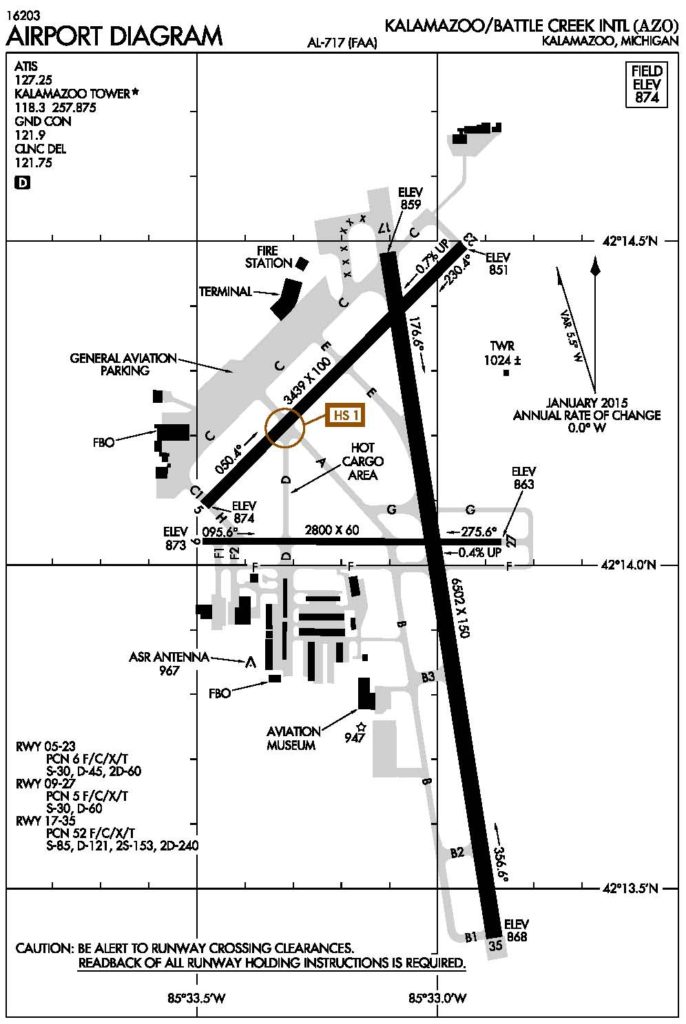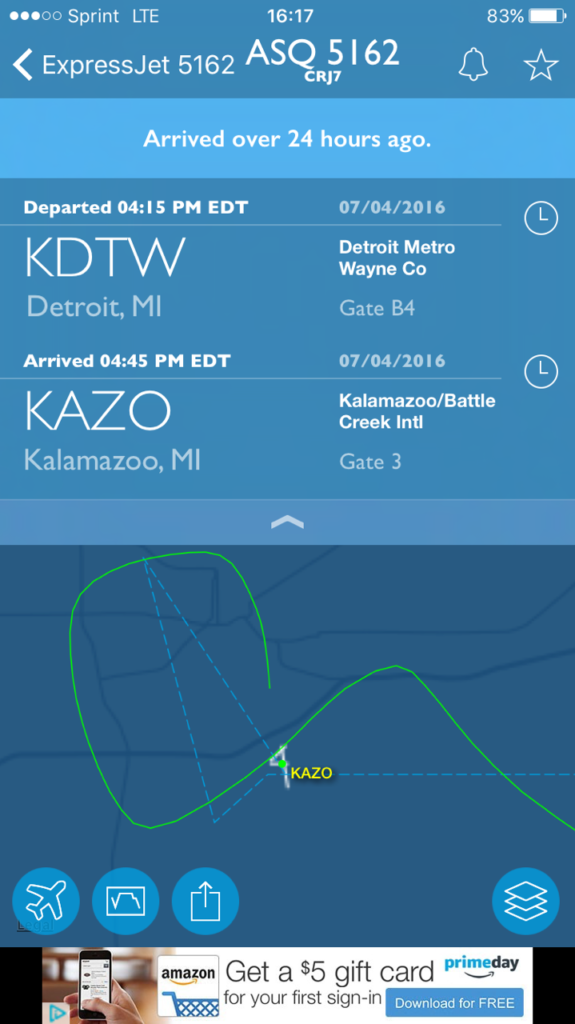UPDATE – June 2017: With the implementation of the updated Instrument pilot ACS standards that become effecitve June 12, 2017, the DME arc is no longer required to be demonstrated on an instrument pilot practical test. It is required as a knowledge coverage area, but no longer required to be demonstrated on the flight portion of the test.
It is time to take the mandatory requirement to test DME arc skills out of instrument pilot practical tests.
Before you think I am crazy, I don’t mean they “can’t” be part of the test, just that they don’t need to be mandatory.
This June, we instituted the new Instrument Pilot Airman Certification Standards, the document that guides examiners on what must be tested for airman seeking an instrument pilot practical test.
Task V, Navigation Systems, includes Task A. Intercepting and Tracking Navigational Systems and DME Arcs. Skill 7 requires that an applicant “Intercept an arc and maintain that arc within ±1 nautical mile” with a note in the section that “The evaluator may disregard reference to specific navigational equipment if the aircraft is not equipped with those systems.” The implication of this task is that if the aircraft is equipped with DME or (and this is potentially debatable) a GPS system capable of being substituted for DME.
The problem with this requirement is that in many locations, DME arc procedures are scarce, at a significant distance, or non-existent. The burden this places on the examiner and the applicant is starting to require that practical tests travel greater distances to accomplish the requirement of the ACS for the practical test.
If we consider current FAA policy, VOR facilities are going to become even more scarce in the near future. The following is illustrative of this point, “…308 VORs to be decommissioned as the agency moves to a satellite-based navigational system” according to a recent Aviation International News Article (http://www.ainonline.com/aviation-news/business-aviation/2016-07-26/faa-releases-vor-decommissioning-policy?eid=346248619&bid=1479201).
Many aircraft are still have DME equipment, yet testing is taking place in locations where no published DME arc procedures are present. This is resulting in examiners “making up” DME arcs just to test an applicant on the procedure using whatever nearby VOR is present even when no published procedure is in existence. This puts the applicant in the position to be asked by an examiner to conduct a procedure that is made up and that the examiner is attempting to convey. If done incorrectly, and if the examiner issues a disapproval as a result, it drives a debate on whether the examiner has asked the applicant to do something that is fairly within the scope of the ACS standards.
If we look forward and consider the reduction of VOR systems that will be present in the upcoming years, even to do a “made up” VOR arc may require an applicant to fly 100 miles or more accomplish this task on an practical test when the procedures themselves will be about as common as ADF approaches in the near future.
This by no means should be considered an indication that they would not be allowed to be tested, just that they would not be required. In the situation where an examiner is conducting a practical test and a nearby airport has a VOR with an established DME arc as a part of an instrument approach procedure, it should definitely be considered fairly within the scope of the non-precision approach (or if it leads to a precision approach such as an ILS) to test the applicant in the course of the practical test.
As our approach systems and procedures change, so must our training and testing procedures. The practicality of efficiently testing DME arcs is becoming unrealistic. It is time for our testing procedures to consider removal of the DME arc as a mandatory part of the Instrument Pilot ACS.
Anyone else have thoughts on this change suggestion?



